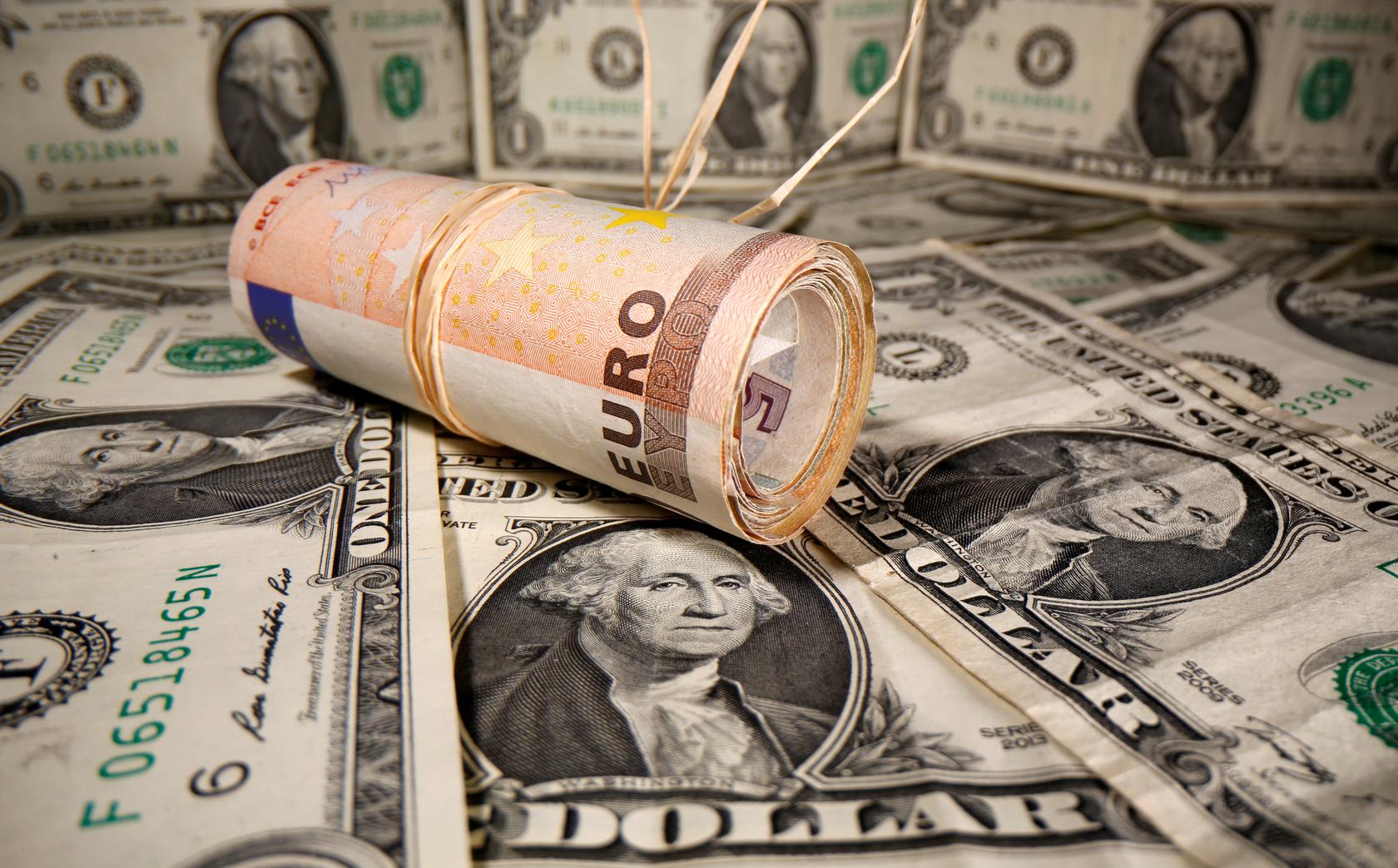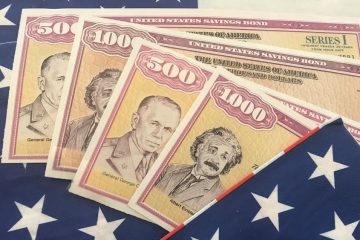Dollar hits more than 1-year peak after U.S. jobs data, then pulls back

The dollar hit a more-than one-year high on Friday after data showed the United States created more jobs than expected in October, pushing the country closer to full employment, one of the Federal Reserve’s conditions for raising interest rates.
Nonfarm payrolls increased by 531,000 jobs last month as the surge in COVID-19 infections over the summer subsided, offering more evidence that economic activity was regaining momentum early in the fourth quarter.
Economists polled by Reuters had forecast payrolls rising by 450,000 jobs.
“If these numbers continue at this pace, we could probably see full employment at the end of the first quarter,” said Peter Cardillo, chief market economist at Spartan Securities.
The dollar index , which measures the greenback against a basket of six rivals, rose as high as 94.634 after the jobs report, its highest level since Sept. 25, 2020.
The greenback, which has strengthened around 1% in the past fortnight, was last up 0.22% at 94.534.
“With the Fed’s forward guidance on rates largely linked to the recovery in the labor market, today’s positive employment data resulted in the U.S. two-year yield climbing over two basis points on the day before moderating somewhat,” said Simon Harvey, senior FX market analyst at Monex Europe.
“Widening front-end yield spread drove the reaction in FX markets, with the dollar going bid across the G10 space.”
Investors have been forced to reset monetary policy expectations this week, after some of the biggest global central banks knocked back bets for early rate hikes.
The Bank of England’s decision on Thursday not to lift rock-bottom benchmark rates proved the biggest shock for markets and pushed sterling to its biggest one-day fall in more than 18 months by as much as 1.6% on the day.
Sterling fell a further 0.5% on Friday, hitting a fresh one-month low of $1.34250. It was last down 0.29%.
Earlier in the week, the Reserve Bank of Australia also stuck to its dovish stance despite inflationary pressure and held rates. The Aussie is on track for around a 2% weekly fall, and was last down 0.2% on the day at $0.7387.
Fed Chair Jerome Powell said on Wednesday he was in no rush to hike borrowing costs, even as the Federal Open Market Committee announced a $15 billion monthly tapering of its $120 billion in monthly asset purchases.
“The FOMC delivered a ‘dovish taper,’ but the USD is still better positioned than most,” Westpac strategists wrote in a client note.
European Central Bank President Christine Lagarde pushed back on Wednesday against market bets for a rate hike as soon as next October and said it was very unlikely such a move would occur in 2022.
The euro slipped 0.3% to $1.15195 after dropping 0.5% overnight.
Among cryptocurrencies, bitcoin was up slightly at around $61,600, having largely traded sideways since it hit its all-time high above $67,000 last month.

